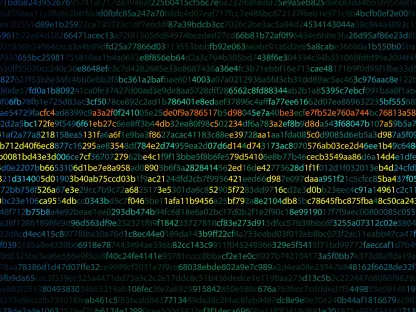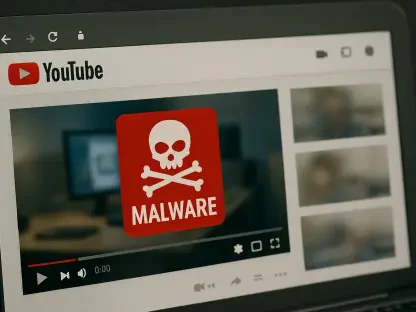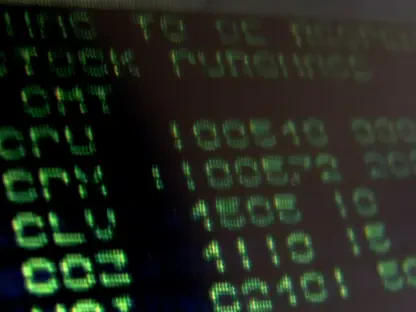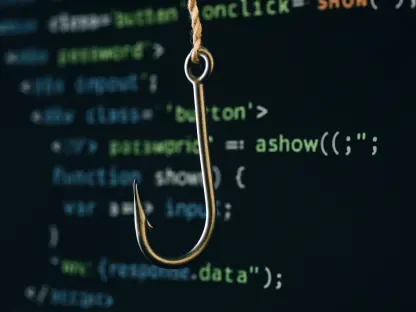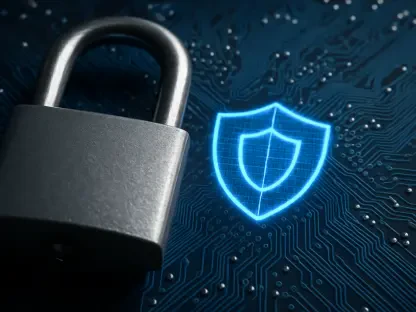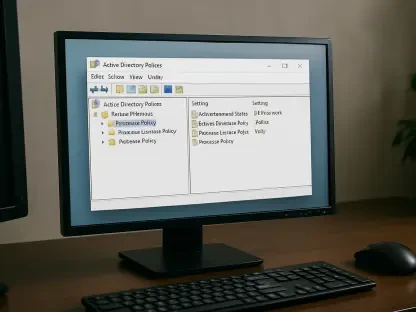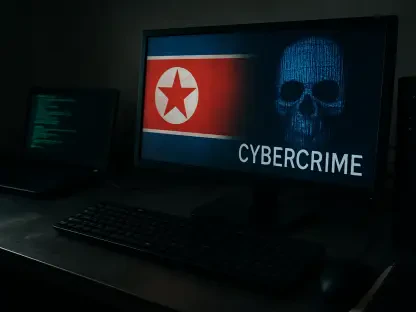As the European Union ramps up its efforts to safeguard democracy in an increasingly complex digital landscape, we turn to Rupert Marais, our in-house security specialist with deep expertise in endpoint and device security, cybersecurity strategies, and network management. With hybrid threats and misinformation campaigns posing unprecedented challenges, Rupert offers invaluable insights into the EU’s latest initiatives, including the forthcoming European Democracy Shield. In this interview, we explore the nature of hybrid threats, the evolving role of online platforms in combating harmful content, the impact of emerging technologies like AI and deepfakes on elections, and the delicate balance between security and free speech.
Can you break down what the EU means by ‘hybrid threats’ in a way that’s easy to understand?
Absolutely. Hybrid threats, as the EU defines them, are coordinated attacks that blend different tactics—think economic pressure, technological interference, or disinformation campaigns—to destabilize a region or influence public opinion. These aren’t traditional military actions but rather subtle, often covert operations that exploit vulnerabilities in our digital and social systems. For instance, a foreign actor might spread false information on social media to sway an election or create division. What sets these apart from conventional warfare is their ambiguity; they often fall below the threshold of open conflict, making them harder to detect and counter.
How do these hybrid threats specifically impact democracy across the EU’s 27 countries?
They strike at the very core of democratic processes. By manipulating information or sowing distrust, these threats can undermine public confidence in institutions, elections, and even the media. In the EU, with its diverse member states, a coordinated disinformation campaign could exacerbate existing tensions or polarize communities, making unified responses harder. For example, we’ve seen how misinformation about policies or crises can spread rapidly online, influencing voter behavior or public sentiment in ways that don’t reflect reality. It’s a direct challenge to the integrity of democratic decision-making across the bloc.
Can you tell us more about the European Democracy Shield and why it’s being rolled out at this moment?
The European Democracy Shield is an initiative by the European Commission to strengthen defenses against these hybrid threats. It’s essentially a framework to enhance coordination and response mechanisms, particularly focusing on the role of digital platforms in identifying and mitigating risks. The timing is critical because we’ve seen a surge in foreign interference, especially through misinformation campaigns—some linked to state actors like Russia. With recent global events and upcoming elections in several EU countries, there’s an urgent need to protect democratic processes from manipulation. This shield aims to be a proactive barrier, ensuring that the digital space doesn’t become a battleground for undermining democracy.
Under the Digital Services Act, what role do online platforms currently play in addressing harmful content?
The Digital Services Act, or DSA, which came into effect last year, places significant responsibilities on online platforms to manage illegal and harmful content. This includes everything from hate speech to misinformation. Major players like Google, Microsoft, Meta, and TikTok are required to monitor their platforms more closely, remove illegal content swiftly, and report on their moderation efforts. They also have to assess systemic risks their services might pose—like amplifying divisive or false narratives—and take steps to mitigate those. It’s a landmark regulation because it holds these tech giants accountable for the digital environments they create.
What new challenges or responsibilities might platforms face with the introduction of the European Democracy Shield?
With the European Democracy Shield, platforms could be looking at an expanded role through something called the DSA crisis protocol for hybrid threats. This would mean working even more closely with national authorities and other stakeholders to detect and respond to specific incidents or crises. Imagine a scenario where a disinformation campaign spikes during an election—platforms would need to quickly identify the source, limit its spread, and coordinate with regulators to address the fallout. It’s about building a more structured, rapid-response system that integrates tech companies into the broader security framework of the EU.
There’s a lot of concern about deepfakes and AI-generated content threatening elections. How serious is this issue for the EU?
It’s a massive concern, and rightly so. Deepfakes and AI-generated content can create incredibly realistic but entirely fabricated videos or audio that mislead voters or smear candidates. For the EU, where elections happen frequently across member states, this technology could be weaponized to disrupt democratic processes on a large scale. A single viral deepfake could shift public opinion overnight. The Commission is pushing tech companies to analyze these risks and develop countermeasures, and many major players like Google, Meta, Microsoft, and TikTok have already committed to a Code of Conduct on disinformation to tackle this head-on.
With the EU tech chief set to announce this proposal soon, what do you anticipate from this upcoming reveal?
The announcement, expected on November 13, will likely lay out the specifics of the European Democracy Shield and the crisis protocol under the DSA. I expect we’ll hear more about how platforms will be integrated into the EU’s security strategy and what concrete measures they’ll need to adopt. There’s always a chance for last-minute tweaks in timing or details, as these proposals often evolve right up to the public reveal. I think tech companies might have mixed reactions—some will welcome the clarity, while others may push back on the added responsibilities. Public reception could also vary, depending on how well the balance between security and personal freedoms is communicated.
How do you think this initiative can balance the fight against misinformation with protecting free speech online?
That’s the million-dollar question. On one hand, curbing misinformation and hybrid threats is essential for a healthy digital space, but on the other, overly strict measures risk stifling free expression. The EU will need to ensure that any new rules or protocols are transparent and narrowly targeted—focusing on clear harms rather than broad censorship. Safeguards like independent oversight, appeals processes for content removal, and regular public reporting could help prevent overreach. It’s a tightrope walk, but if done right, it can protect both democracy and individual rights without platforms or regulators overstepping.
What is your forecast for the future of digital regulation in the EU with initiatives like the European Democracy Shield?
I see the EU continuing to lead globally in digital regulation, setting a precedent for how governments and tech companies can collaborate on security challenges. The European Democracy Shield is likely just the beginning—we’ll probably see more targeted policies around emerging tech like AI, as well as tighter integration between national and EU-level responses to hybrid threats. The challenge will be maintaining agility in a fast-evolving digital landscape while ensuring these regulations don’t lag behind innovation or alienate key stakeholders. Over the next few years, I expect the EU to refine this balance, potentially becoming a model for other regions grappling with similar issues.



